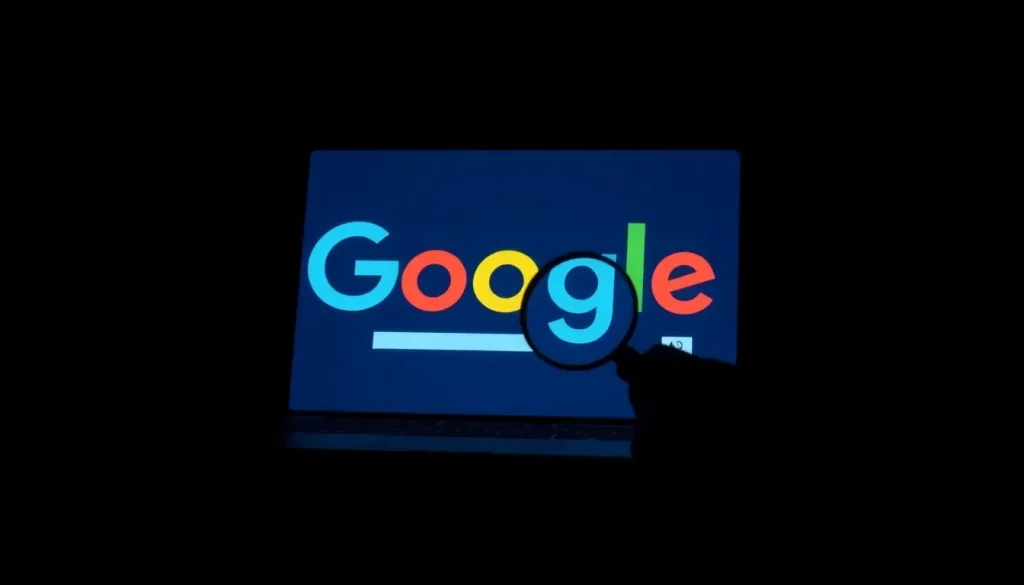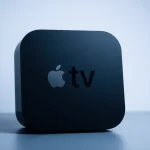Google allows hiding internet ads with this new trick

In a digital landscape increasingly dominated by advertisements, users have long expressed their frustration over the overwhelming presence of sponsored content. Google, one of the largest search engines in the world, has finally responded to these concerns. With a new update, the company is allowing users to hide ads, marking a significant shift in its approach to advertising on its platform.
This change comes after years of criticism regarding how ads have been integrated into search results, often blending too seamlessly with organic content. Google's recent efforts aim to enhance user experience by providing clearer distinctions between paid and unpaid results. Let's dive deeper into what these changes entail and how they can improve your search experience.
Understanding Google's New Advertisement Controls
Google's recently announced update introduces a more user-friendly way to manage advertisements within its search results. According to a blog post from the company, the new features include:
- Clear Labeling: All text ads will now be grouped under a more prominent label, ensuring users can easily identify sponsored content.
- Hide Ad Option: Users can click a button to hide ads, revealing only organic results that are not influenced by payment.
- Consistency Across Platforms: These changes will be implemented across both desktop and mobile versions of the search engine.
This new control mechanism reflects Google's understanding of its users' needs, allowing them to prioritize relevant information while minimizing distractions from ads.
The Impact of Advertisement Overload
Over the years, the presence of ads in search results has drawn significant criticism. Many users have felt overwhelmed by the sheer volume of sponsored content that appears above organic results, often leading to confusion and frustration. Some key points regarding the impact of advertisement overload include:
- Trust Issues: Users often question the integrity of search results when ads are not clearly marked.
- Navigation Challenges: Users may have to sift through multiple pages of results, as paid content often takes precedence over genuine answers.
- Shifts in User Behavior:</ As more users turn to AI tools like ChatGPT for information, traditional search engines like Google are forced to adapt.
By implementing these changes, Google aims to regain user trust and improve overall navigation within its search environment.
Why Google is Making These Changes Now
The introduction of these advertisement controls comes at a critical time when the landscape of information retrieval is evolving. As AI-driven platforms gain popularity, Google's need to differentiate itself and enhance user experience has never been more pressing. The new ad features are designed to:
- Promote Transparency: Clear labeling and the option to hide ads aim to foster a sense of honesty in search results.
- Enhance User Experience: By minimizing distractions, users can focus on results most relevant to their queries.
- Compete with AI Alternatives: As users explore AI options for searches, Google seeks to provide an equally efficient and user-centered experience.
This proactive approach not only addresses user concerns but also positions Google favorably in a competitive market.
How to Use the New Ad Controls Effectively
For users eager to take advantage of these new features, here’s a quick guide on how to effectively utilize the updated ad controls:
- Identify Sponsored Content: Look for the new, larger ad label that distinguishes paid results from organic ones.
- Utilize the Hide Feature: If you prefer to see only organic results, simply click the "Hide sponsored results" button.
- Provide Feedback: Google encourages user feedback, so make sure to report any issues or suggestions for improvement.
By following these steps, you can enhance your search experience and align it more closely with your preferences.
Comparing Google’s Approach to Other Search Engines
While Google is implementing these changes, it’s worth examining how its approach to ads differs from other search engines. For example:
| Search Engine | Ad Transparency | User Control Features |
|---|---|---|
| Prominent ad labels and hide feature | Option to hide ads | |
| Bing | Clear ad indicators but less prominent | No direct ad hiding option |
| DuckDuckGo | No ads; focuses on privacy | N/A |
Google's enhanced controls set it apart, particularly in terms of user agency over ad visibility, a critical factor in maintaining user trust.
Conclusion: A Step Towards Better User Experience
With these changes, Google is taking significant strides towards improving user experience by addressing long-standing concerns about ad visibility and transparency. The new controls will not only help users navigate results more effectively but also contribute to a more trustworthy search environment. As we move forward, it will be interesting to see how these adjustments impact both user behavior and the broader digital advertising landscape.
For practical tips on blocking ads on Android devices, check out this video:




Leave a Reply